 The past 35 years of my association in dentistry, I have witnessed a plethora of restorative materials (for a great laugh, look up that word exchange in the movie The Three Amigos). From gold to glass filled composites, non-precious alloy to lithium di-silicate and many more in between, there has been a large amount of change. In conjunction with these materials came new procedures, new preparation guidelines and cementation materials. All of these materials have or have had a place in restorative dentistry, but not all of them can be used for the same application.
The past 35 years of my association in dentistry, I have witnessed a plethora of restorative materials (for a great laugh, look up that word exchange in the movie The Three Amigos). From gold to glass filled composites, non-precious alloy to lithium di-silicate and many more in between, there has been a large amount of change. In conjunction with these materials came new procedures, new preparation guidelines and cementation materials. All of these materials have or have had a place in restorative dentistry, but not all of them can be used for the same application.
With all wide variety of available restorative materials, it's easy to choose the most popular one, but is it really the right choice? Recently the National Association of Dental Laboratories conducted a survey which found that “nearly 50% of restorative doctors rely on their laboratory to educate and train them about new restorative materials” (NADL 2013 Materials and Equipment Survey Report. Page 11). An interesting question here would be, of the just over 50% of Dentists who do not rely on their dental laboratory to educate and train them, why not? Here are 3 things to consider before deciding on a restorative material without your dental lab's input.
1) Material manufacturers use dental labs to Beta test new materials.
Material manufacturers often rely on Dental Technologists to look at new materials and test them for function and application. Before trying a new material have a conversation with your dental lab. They will most likely be able to advise you on the material and application based on their experience as a whole.
2) It can help you reduce your number of remakes.
Misapplication of the ‘latest’ material over time takes its toll on everyone. Dental labs are now taking a proactive role in understanding the material science, application and processing requirements of materials. In addition, they have begun advising dentist clients who include them in the case treatment planning, on the use of a specific material for a restoration in the oral environment. This same approach, if applied to all materials and regardless of their popularity, will help ensure a long term and successful restoration.
3) The Dental Lab's extensive knowledge & use of emerging dental technologies.
The trend at this time with digital dentistry is for the clinical staff to take over the role of the technician with in-house milling and correction. While the machines are good, and many of the assistants are trained well by the manufacturer to use these products, they are not always the total answer. They are limited in the type of restoration they manufacturer and the materials used. The libraries used to design these restorations are not always the best in terms of function and occlusion. The laboratory technologist is trained in more than single tooth replacement dentistry and understands the value and necessity of the principles of occlusion and their application.
Conclusion
As we progress and extend into the future of dental materials there will be many changes and more challenges. How we apply these future materials and their success will depend upon understanding and using them correctly in the individual patient. Dental Technologists who have researched these materials will be a valuable consultant to the Doctors about their application and restrictions and may suggest alternative materials for use when necessary.
Each and every day I field phone calls from laboratories and dental offices that are having problems with materials. Generally the conversation starts with, “there is something wrong with your material” and ends with a conversation on how to use the material properly so that they no longer have the issues they face. How much better it would be if we could consult with each other prior to use.
In a more coordinated version of the dental practice the Technologist wouldn’t just be “the lab guy”, but a trusted and valued partner in providing restorative dentistry to patients. Relying on your laboratory for this type of support and collaboration adds to the clinical foundation of the Doctor and is an additive feature of an excellent laboratory and Technologist.
Photo Credit: Desert Dentistry via Compfight cc



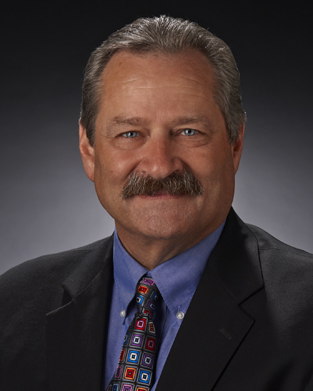



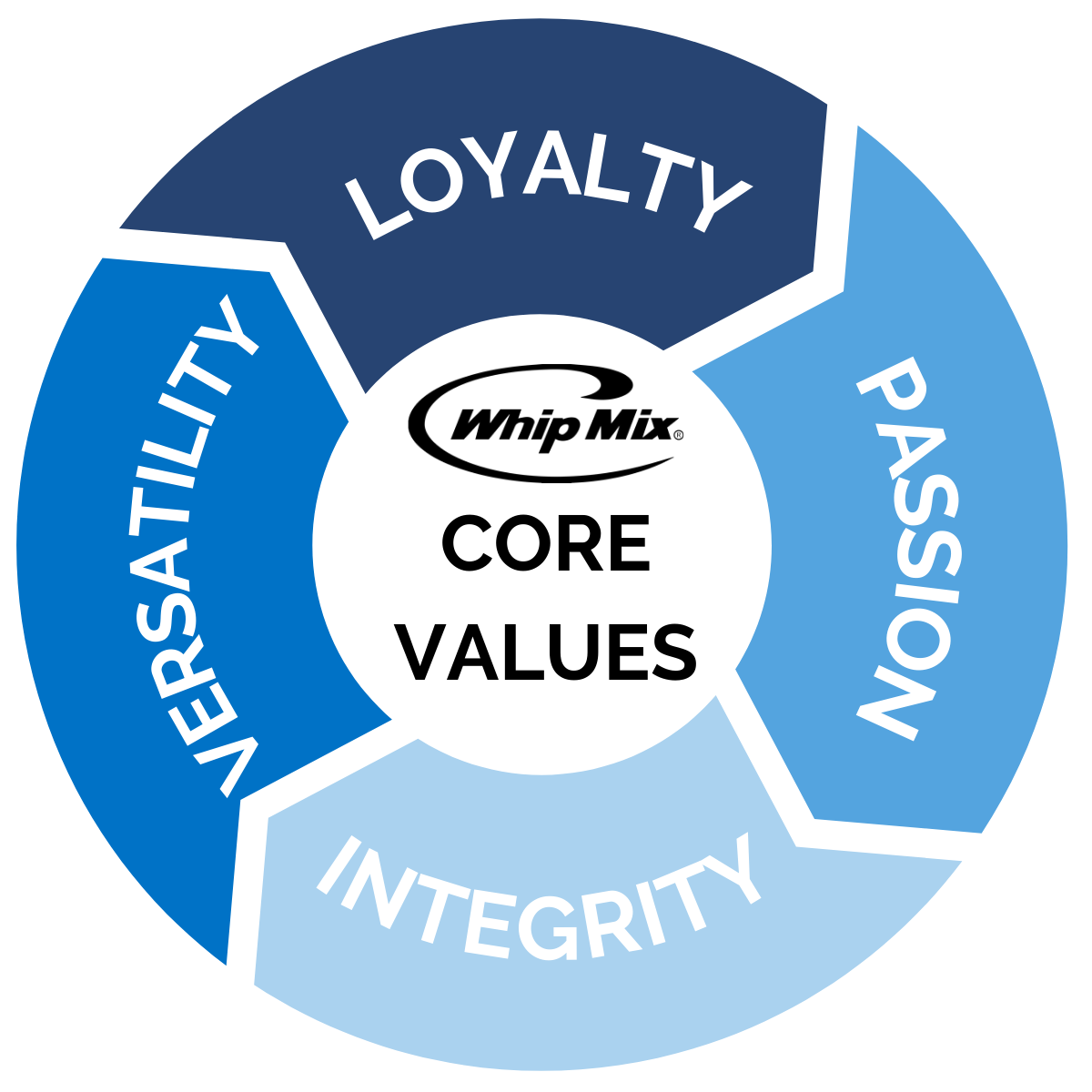
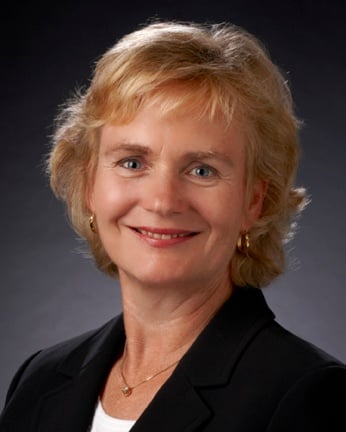

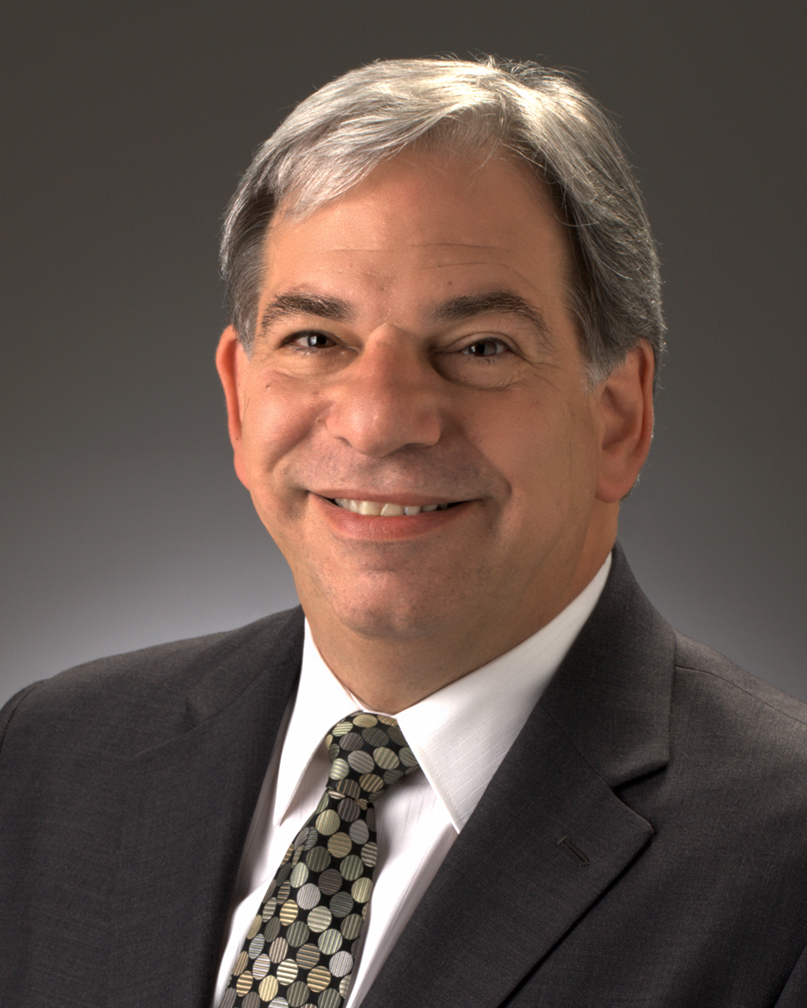
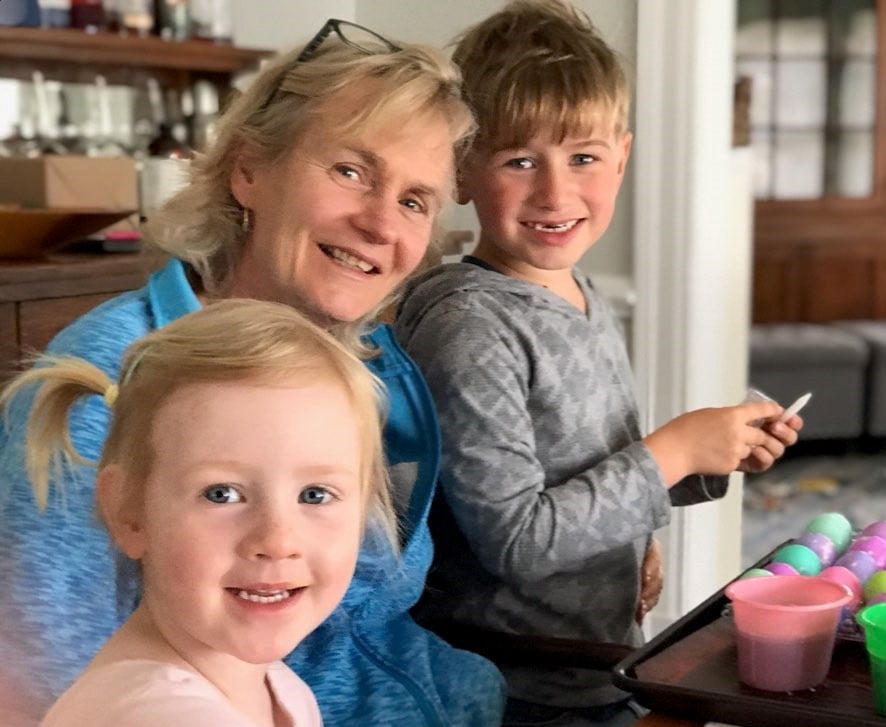
Leave a comment